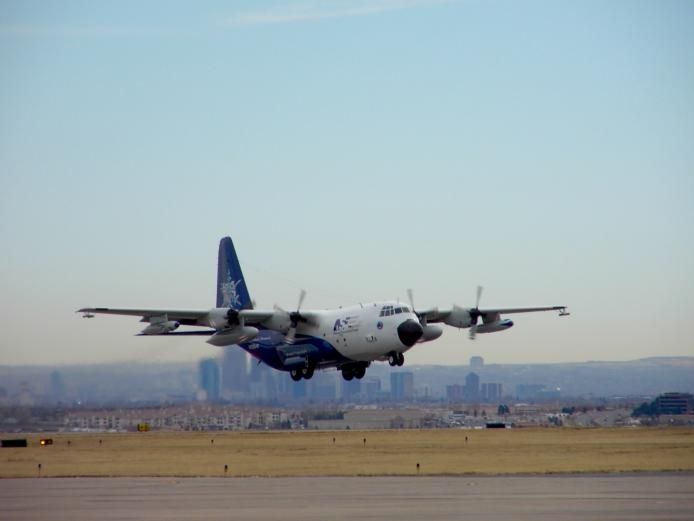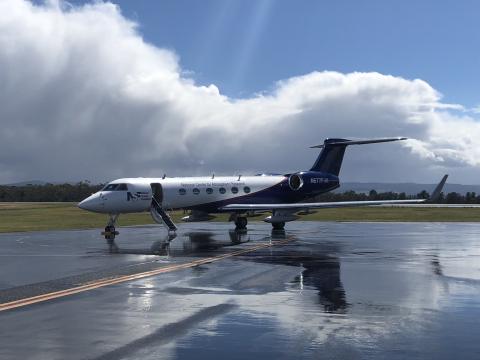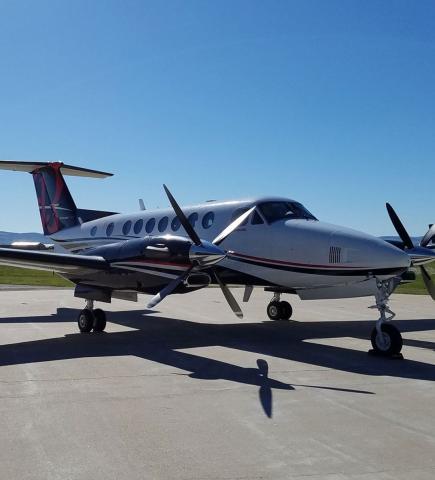
Research Aircraft
The NSF NCAR HIAPER and the NSF NCAR C-130 are housed and managed at EOL's Research Aviation Facility (RAF) located at the Rocky Mountain Metropolitan Airport (KBJC). EOL is also involved in the NSF University of Wyoming King Air request process, managed by the University of Wyoming.
Several U.S. federal agencies besides the NSF operate research aircraft, which may be available for atmospheric studies. While those aircraft are not part of the NSF aircraft fleet, NSF may consider funding flight hours on these aircraft in support of NSF-funded research. For more information, contact Dr. Nicholas Anderson (nanderso@nsf.gov) at NSF.

